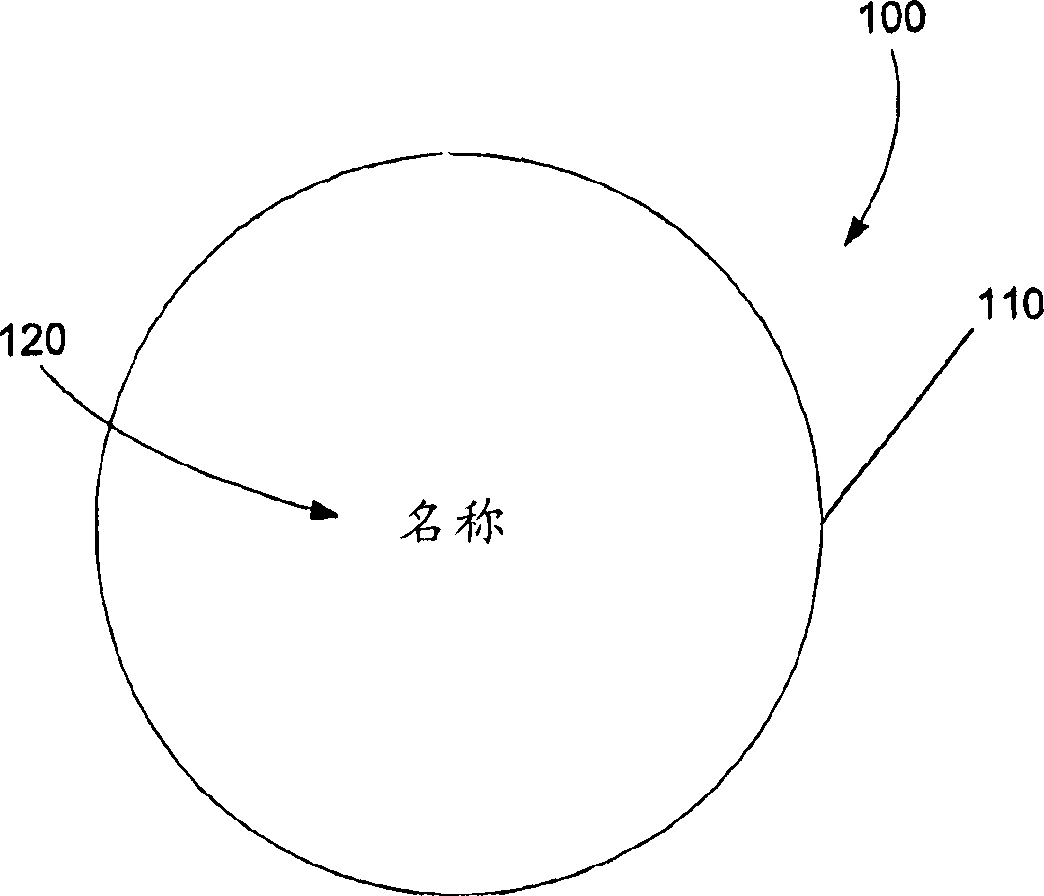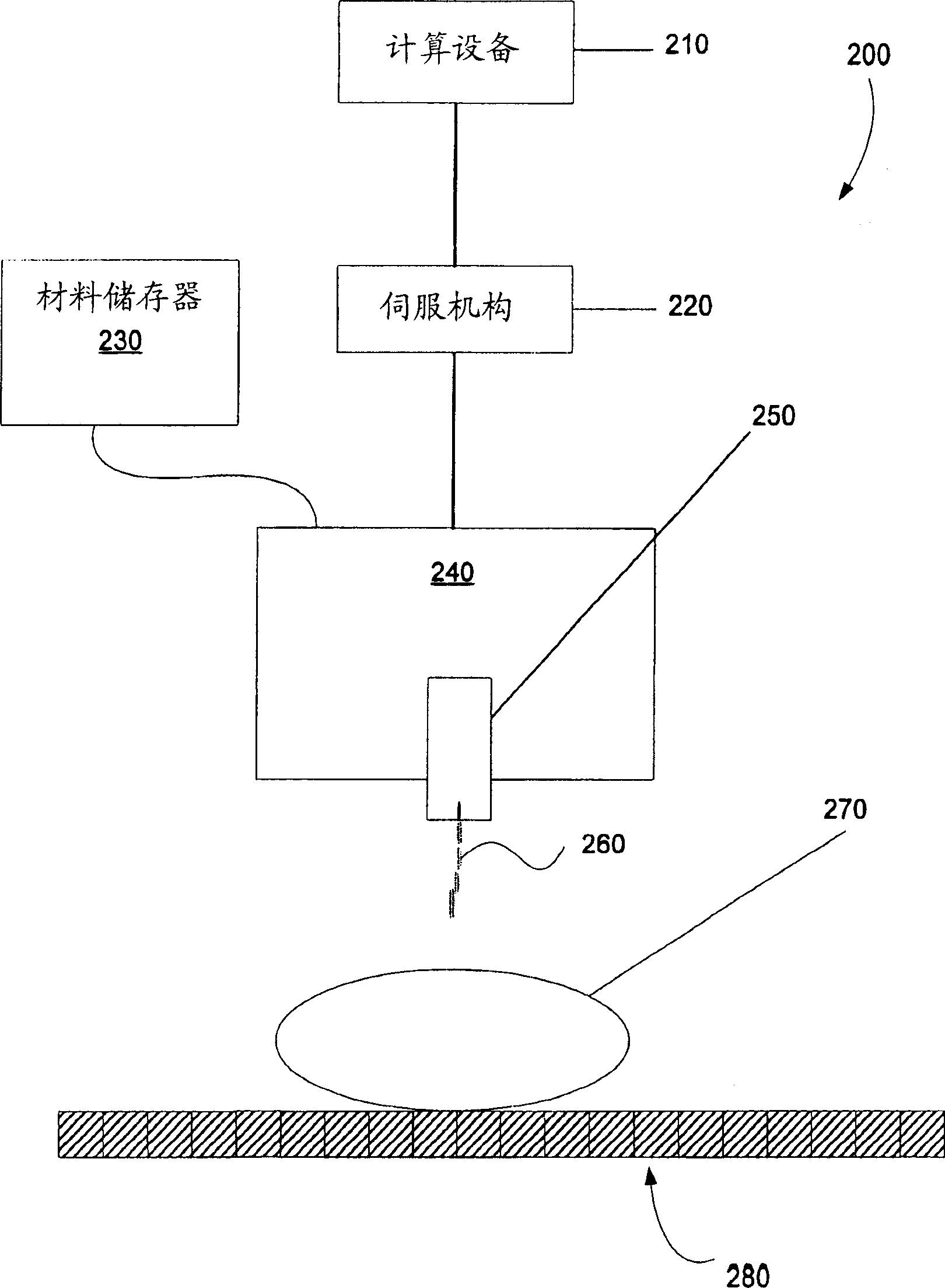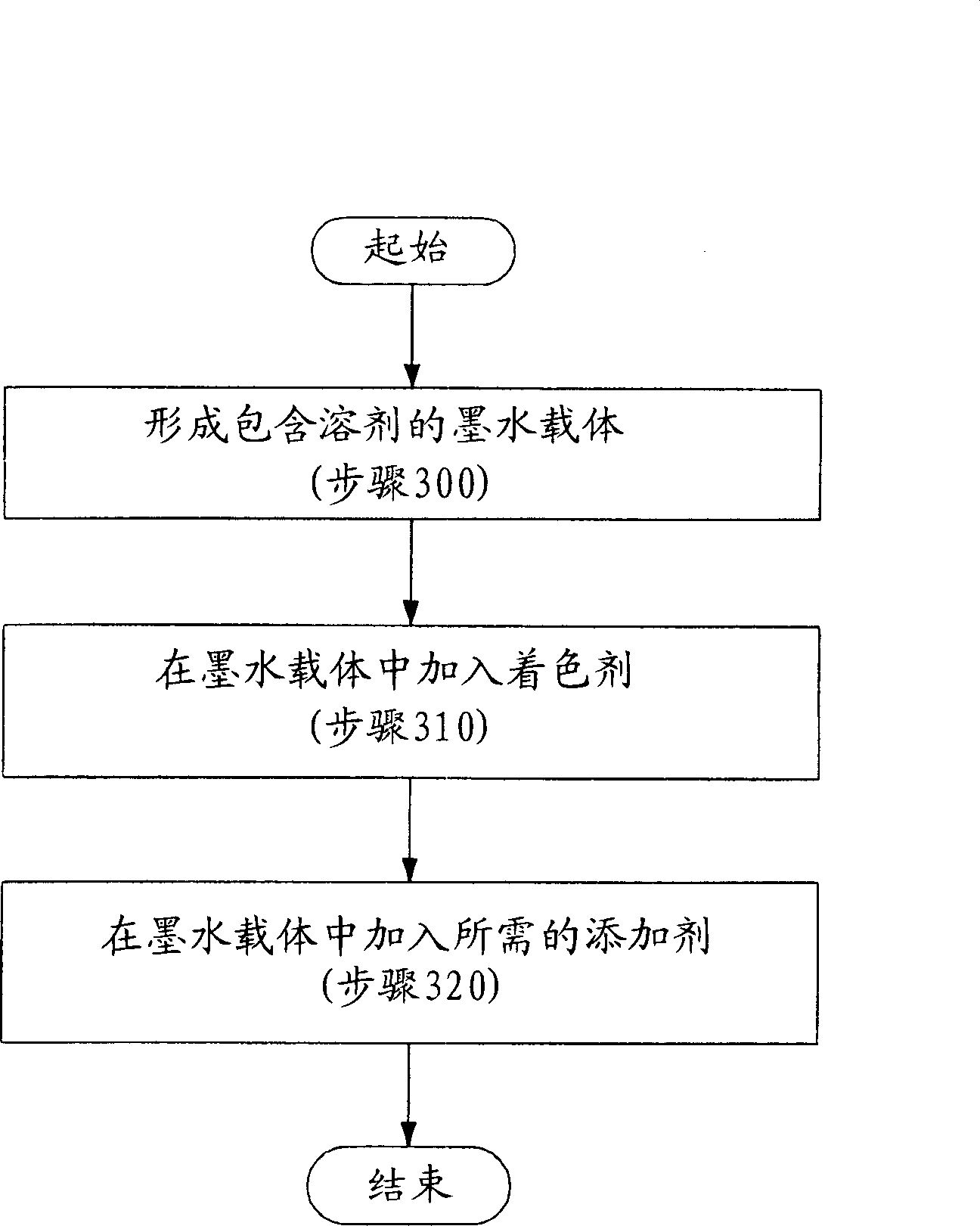System and a method for an edible, optically invisible ink
An ink and inkjet technology, which is applied in the printing, ink, and application of special varieties of printed matter, can solve the problems of destroying the appearance of pharmaceutical products, fraudulent dispensing, and unable to help control the production of counterfeit drugs.
- Summary
- Abstract
- Description
- Claims
- Application Information
AI Technical Summary
Problems solved by technology
Method used
Image
Examples
Embodiment 1
[0041] Edible, invisible inks can be prepared by performing the following steps. First, a 0.05 molar sulfuric acid aqueous solution was prepared. After transferring this solution to a tube, 18.8 mg of quinine sulfate was added to the acid solution. Finally, 2 ml of ethanol was added to the solution, and the solution was mixed until the quinine sulfate was well dispersed.
Embodiment 2
[0043] Edible, invisible inks can be prepared by first preparing the ink vehicle by combining 8 ml of water, 1.7 ml of ethanol, and 0.3 ml of glycerin. Then, 90 mg of riboflavin phosphate was added to the ink vehicle and mixed until the riboflavin phosphate was well dispersed.
[0044] Typical Implementation and Operation
[0045] Once formed, the edible, invisible ink (260; figure 2 ) can be sprayed on the pharmaceutical product (270; figure 2 ) or other substrate to form the desired image that is invisible to the naked eye under normal white light conditions, but visibly fluoresces and reveals the image when exposed to UV light. Figure 4 Implementation of the present printing system (200; figure 2 ) to use edible, invisible ink (260; figure 2 ) method of labeling a pharmaceutical product. Such as Figure 4 As shown in , the method begins by placing a pharmaceutical product under the ink dispensing system (step 400). Once in place, the ink dispensing system selectivel...
PUM
 Login to View More
Login to View More Abstract
Description
Claims
Application Information
 Login to View More
Login to View More - R&D
- Intellectual Property
- Life Sciences
- Materials
- Tech Scout
- Unparalleled Data Quality
- Higher Quality Content
- 60% Fewer Hallucinations
Browse by: Latest US Patents, China's latest patents, Technical Efficacy Thesaurus, Application Domain, Technology Topic, Popular Technical Reports.
© 2025 PatSnap. All rights reserved.Legal|Privacy policy|Modern Slavery Act Transparency Statement|Sitemap|About US| Contact US: help@patsnap.com



